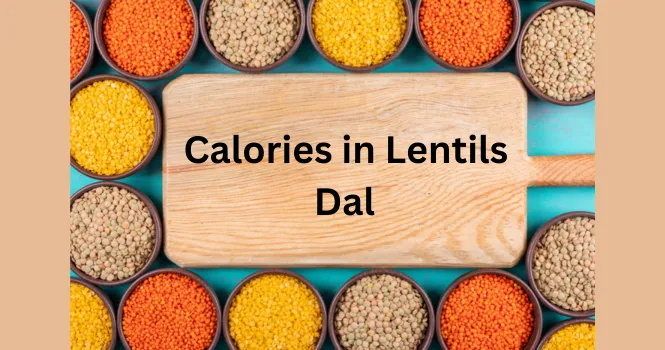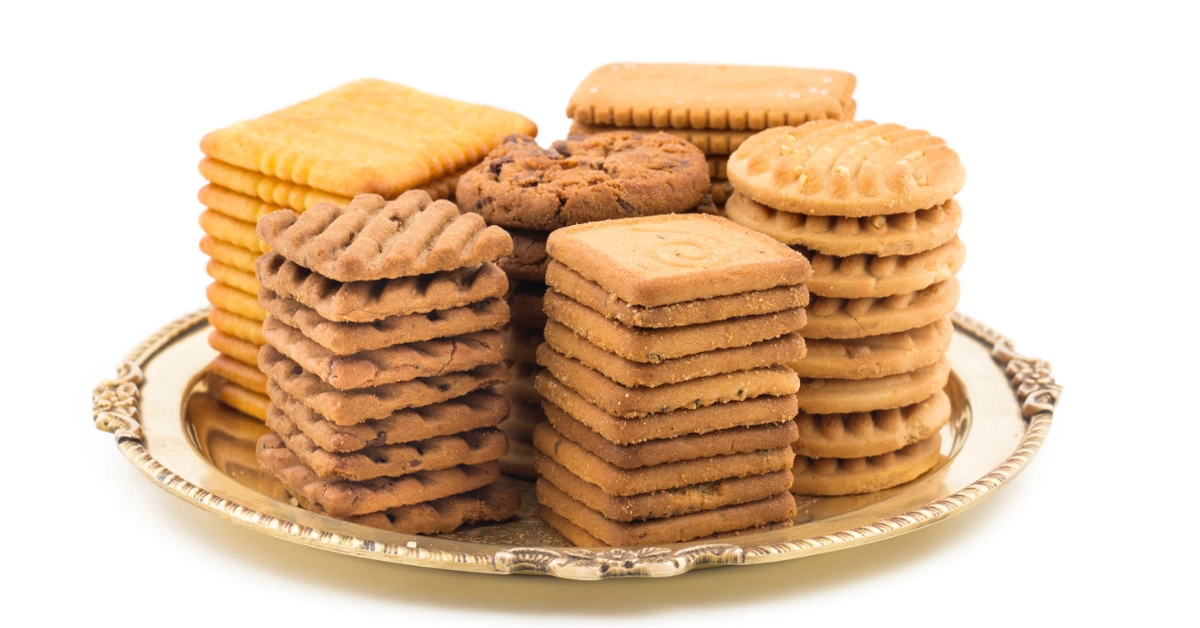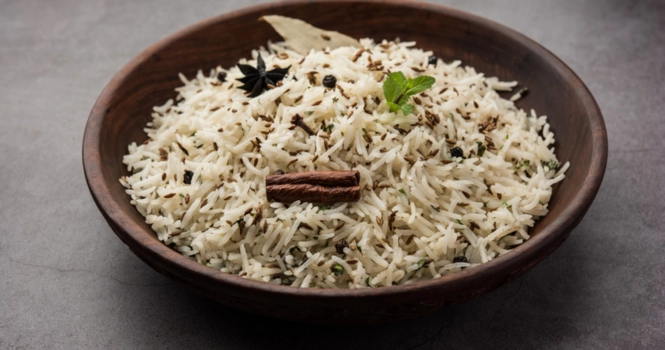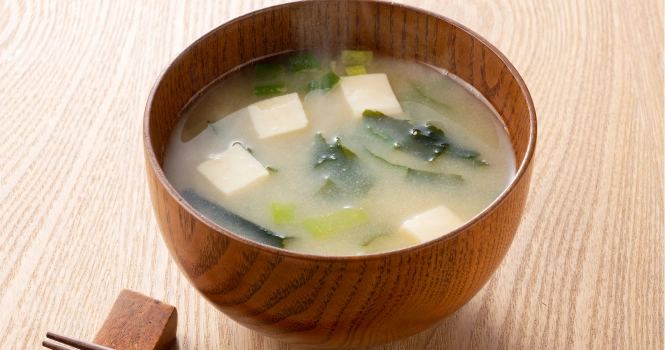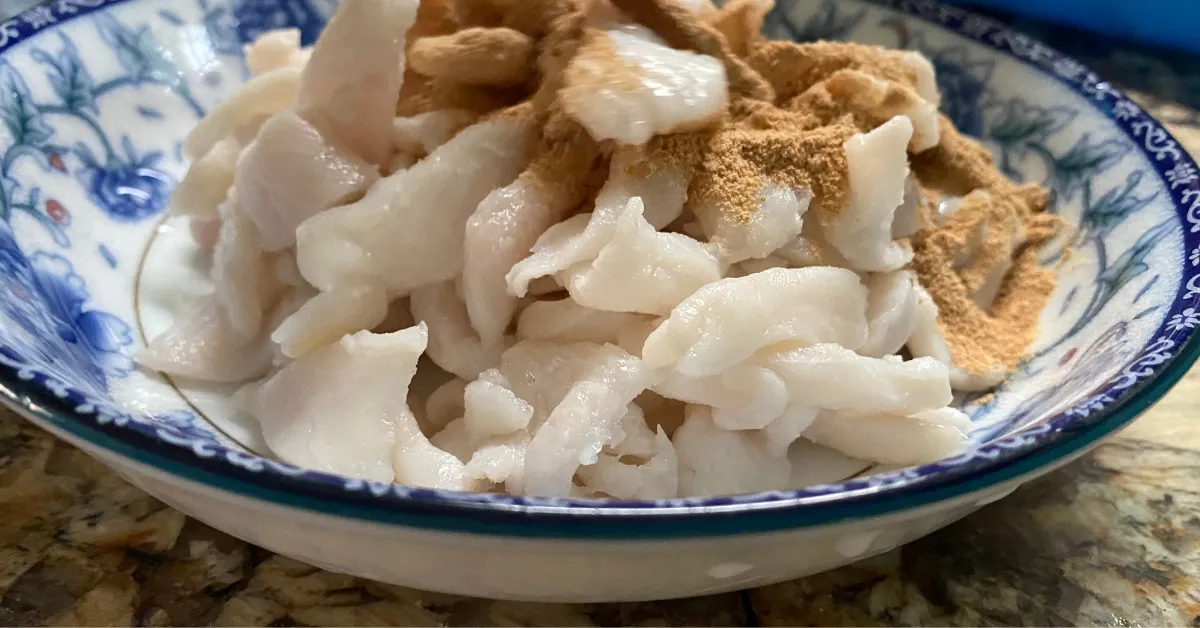Crafting Sweet Poha with Jaggery and Comparing Poha to Dalia
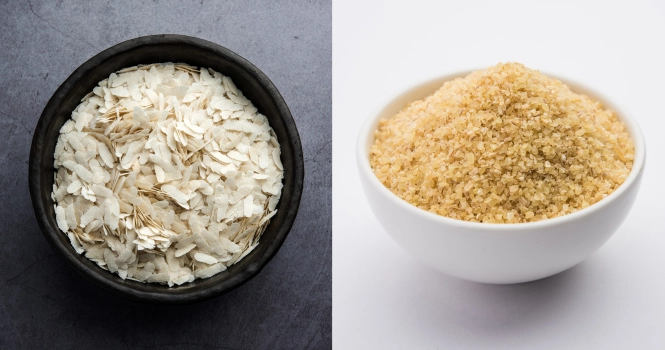
In the realm of nutritious and comforting foods, sweet poha made with jaggery stands out as a delightful treat. This traditional Indian dish not only offers a unique twist on the classic poha but also brings a bounty of health benefits, thanks to the wholesome ingredients involved.
Furthermore, when discussing healthy breakfast options, a common debate arises: poha vs dalia. Both are esteemed for their nutritional profiles, but how do they compare? This article delves into a simple yet delectable sweet poha recipe and provides a comparative insight into poha and dalia.
Sweet Poha Recipe with Jaggery
Sweet poha, also known as “Gur Poha” in some regions, is a simple, quick-to-make dish that combines the lightness of flattened rice with the natural sweetness of jaggery. It’s perfect for breakfast or as a snack and is particularly popular during fasting seasons.
Ingredients:
- 1 cup thick poha (flattened rice)
- ½ cup grated jaggery (adjust according to sweetness preference)
- 1 tablespoon ghee (clarified butter)
- ½ teaspoon cardamom powder
- 2 tablespoons grated coconut
- 2 tablespoons mixed nuts (cashews, almonds, and raisins)
- A pinch of salt
- Water for rinsing poha
Instructions:
- Rinse the poha gently and drain immediately. Let it soften but ensure it doesn’t become mushy.
- In a pan, heat the ghee and roast the mixed nuts until they are golden brown. Set them aside.
- In the same pan, add the grated jaggery with a splash of water and allow it to melt into a syrup. Ensure the syrup is not too thin.
- Add the softened poha to the jaggery syrup and mix well, ensuring the poha is evenly coated.
- Sprinkle cardamom powder, a pinch of salt, and mix in the grated coconut.
- Garnish with the roasted nuts and serve warm.
Poha vs Dalia: A Nutritional Showdown
When considering healthy breakfast options, both poha and dalia (broken wheat or bulgur) are excellent choices. Here’s how they compare:
- Nutritional Content: Dalia is higher in fiber and protein compared to poha, making it a slightly better option for those looking to increase their fiber and protein intake. Poha, on the other hand, is lighter and easier to digest.
- Caloric Intake: Poha is generally lower in calories than dalia, making it a preferable option for those monitoring their calorie intake.
- Glycemic Index: Both poha and dalia have a low to moderate glycemic index, making them suitable for individuals managing blood sugar levels. However, dalia’s higher fiber content gives it a slight edge in controlling blood sugar spikes.
- Versatility: Both grains are versatile and can be prepared in savory or sweet versions. Poha tends to absorb flavors more readily, while dalia offers a chewy texture that works well in porridges and salads.
Sweet poha with jaggery is not just a treat to your taste buds but also a nod to healthier sweetening options. It embodies the essence of traditional Indian cuisine while providing a nutritious start to your day.
When comparing poha with dalia, both have their unique places in a balanced diet, catering to different nutritional needs and preferences. Whether you choose poha for its lightness and ease of preparation or dalia for its high fiber and protein content, incorporating these grains into your diet can contribute to a wholesome and varied nutritional intake.



